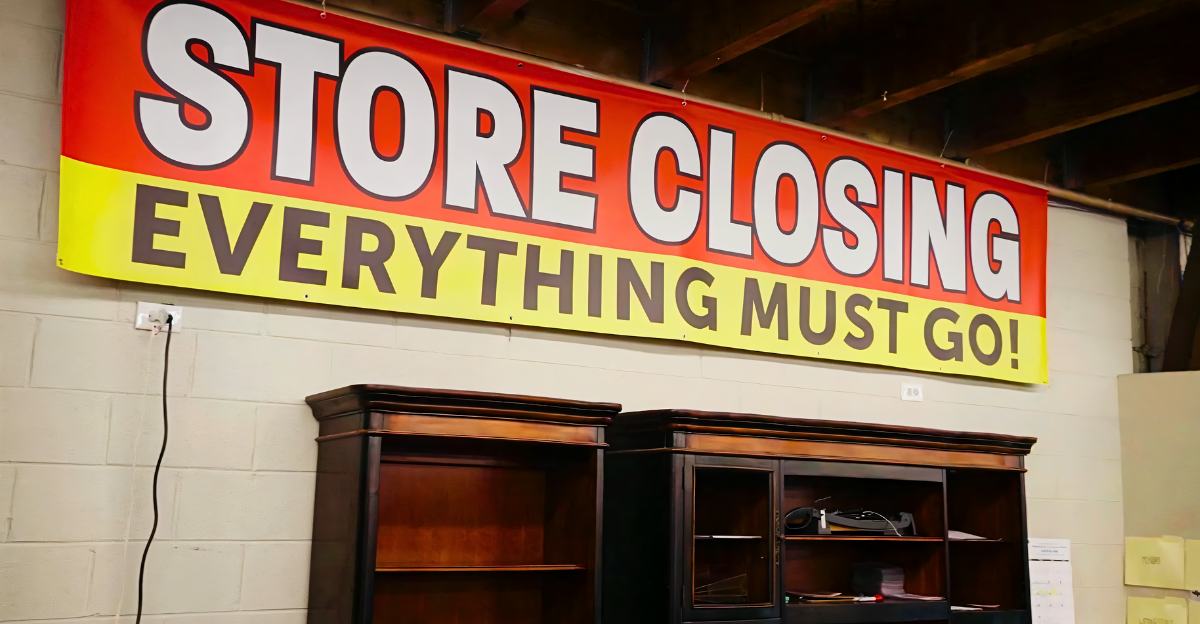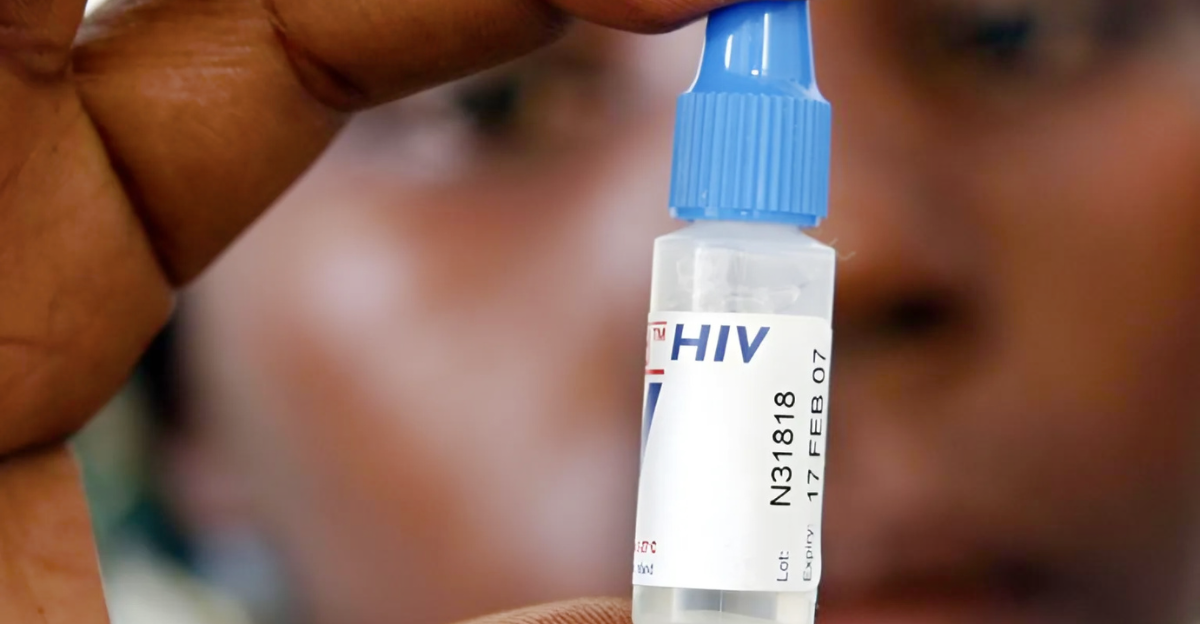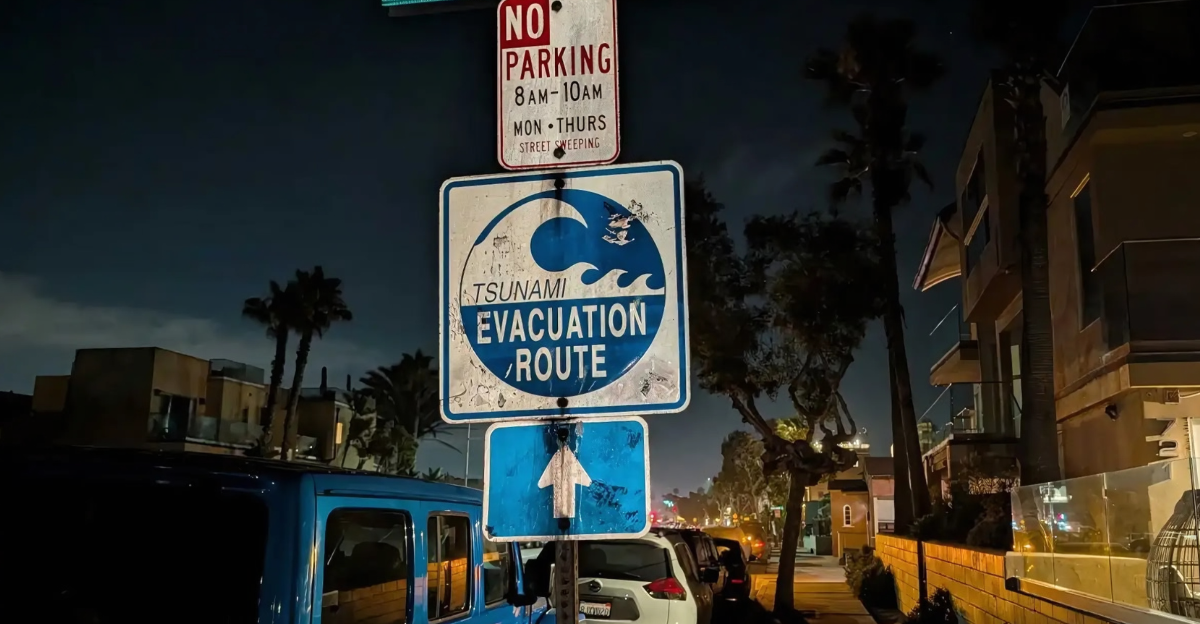
At dawn on July 31, 2025, alarm sirens blared through Crescent City, jolting residents awake to an urgent tsunami warning. Within minutes, the city’s distinctive vulnerability as California’s notorious “tsunami magnet” became more than a reputation: forecasters tracked fast-approaching waves from a massive earthquake near Russia’s Kamchatka Peninsula.
“We were all on edge, but Crescent City is used to watching the water line,” noted harbormaster Mike Rademaker. Onlookers gathered at higher ground, anxious to see how the trusted new harbor defenses would hold up against what forecasters called a significant surge.
Sirens and Memories
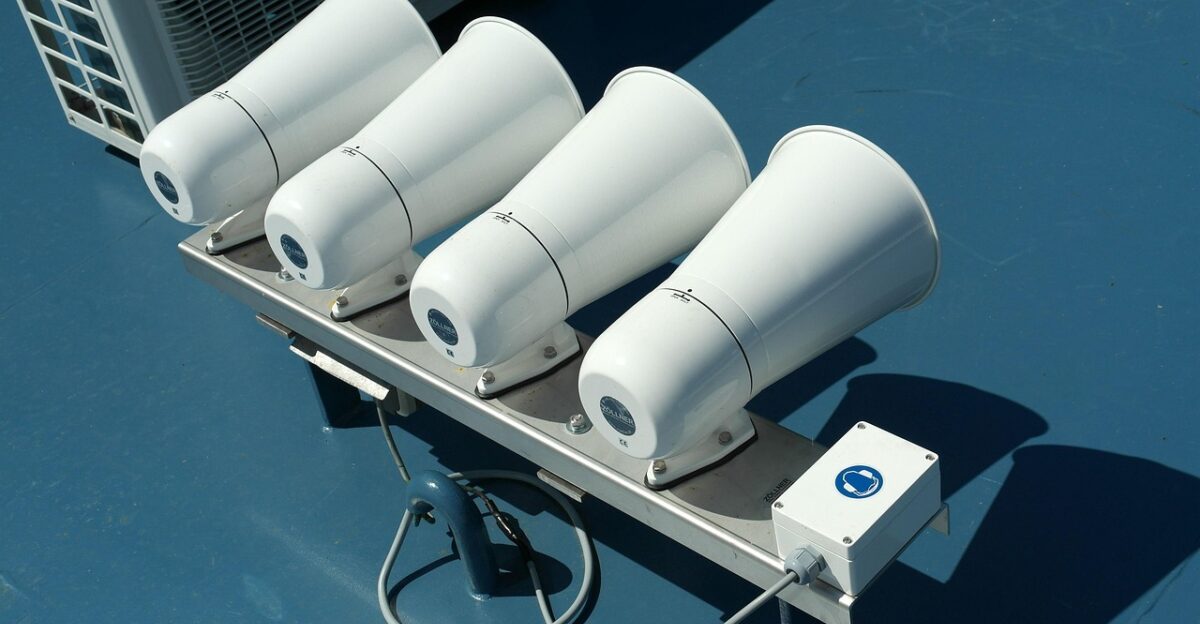
The urgency was not just about the present. For longtime locals, tsunami alarms evoke grim memories: Crescent City has suffered over thirty tsunami surges since the 1930s, earning its “hotspot” label among scientists. Nationwide, few U.S. communities experience repeated threats of this scale.
Reminders of devastation linger, from newspaper front pages to the city’s disaster drills and public awareness signs dotting the waterfront. Residents know that every second counts, and every drill is practiced with the scars of prior disasters. How severe would this new test be?
History’s Shadow
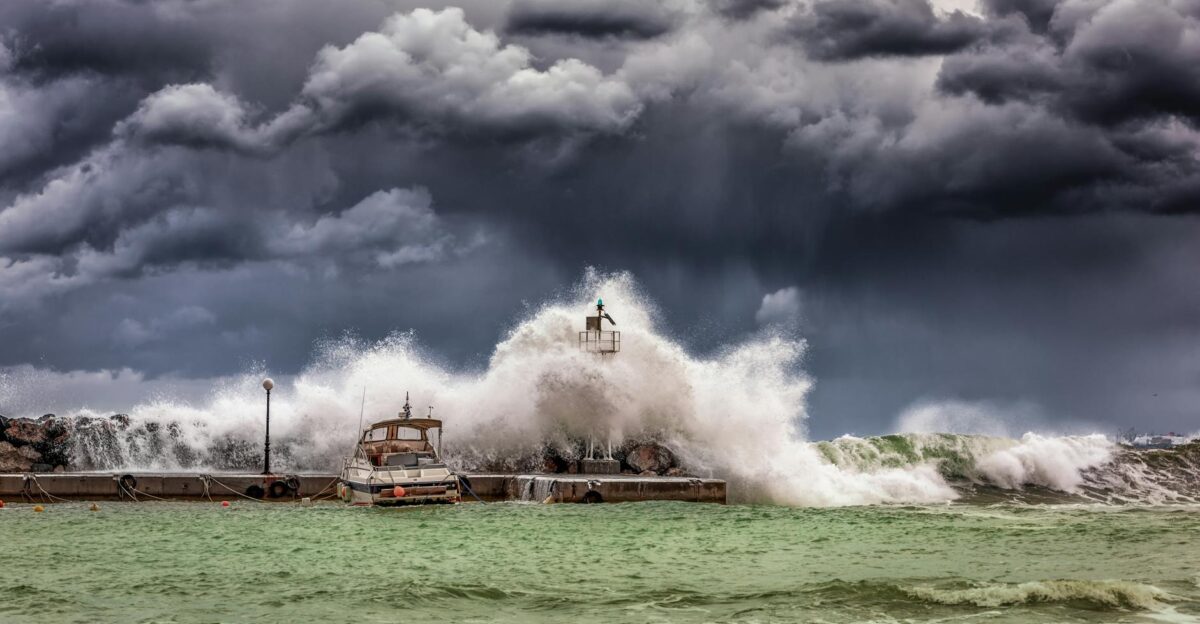
Crescent City’s vulnerability is rooted in geography: a deep offshore canyon funnels distant tsunamis directly toward this small Northern California port. The 1964 “Good Friday” tsunami, caused by a 9.2-magnitude Alaskan earthquake, remains infamous for unleashing 21-foot waves that destroyed 289 buildings and killed 11 people.
That catastrophe set the standard for local disaster readiness, and it’s why Crescent City still leads California in tsunami preparedness workshops. Since then, every event has been measured against that dark historic benchmark.
New Defenses, Old Fears
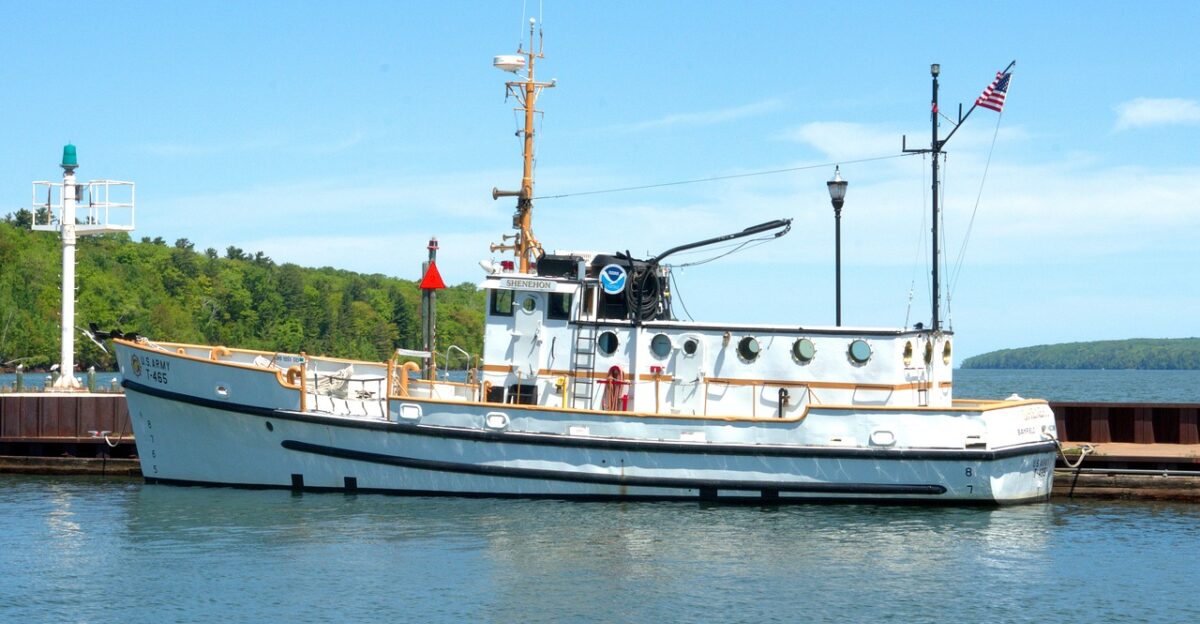
After 1964, Crescent City invested heavily in mitigation: breakwaters, sirens, and tsunami evacuation routes. Officials hold regular drills and issue forecasts through NOAA’s TsunamiReady program.
Still, technological advances can only ease anxiety, especially when tsunami advisories multiply each decade. The city’s new $45-million dock and harbor barriers were about to face their first real-world challenge against a surging Pacific, and not everyone was convinced they would hold.
Surge Arrives
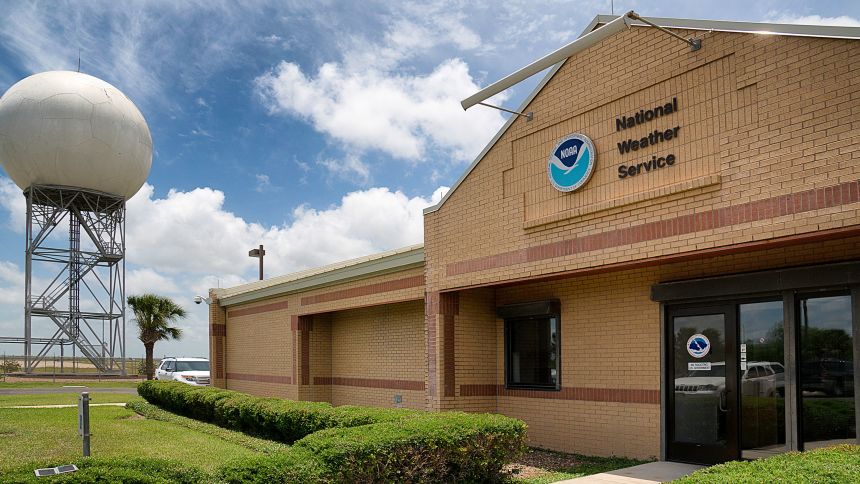
According to the National Weather Service, at 7:59 a.m., Crescent City registered the largest tsunami waves in the continental U.S. that day, peaking near five feet. The surge, triggered by the magnitude 8.8 earthquake thousands of miles away, smashed into the harbor and sent currents swirling through the marina.
One new floating dock was destroyed, but homes, downtown businesses, and essential infrastructure all survived intact. Despite the scare, city officials quickly confirmed that this tsunami was well below the height and damage of the historic 1964 disaster.
Regional Wake-Up

The determined but moderated impact in Crescent City stood in sharp contrast to the swirling panic on social media and local TV. Residents across the California and southern Oregon coast reevaluated evacuation protocols, with schools and hospitals reviewing “go-bags” and communication drills.
Emergency agencies praised Crescent City’s readiness: “It’s a model of what community preparedness can look like,” said California Office of Emergency Services spokesperson Kyle Stubblefield. Along the west coast, other towns looked nervously at their vulnerabilities.
Harbor Under Fire
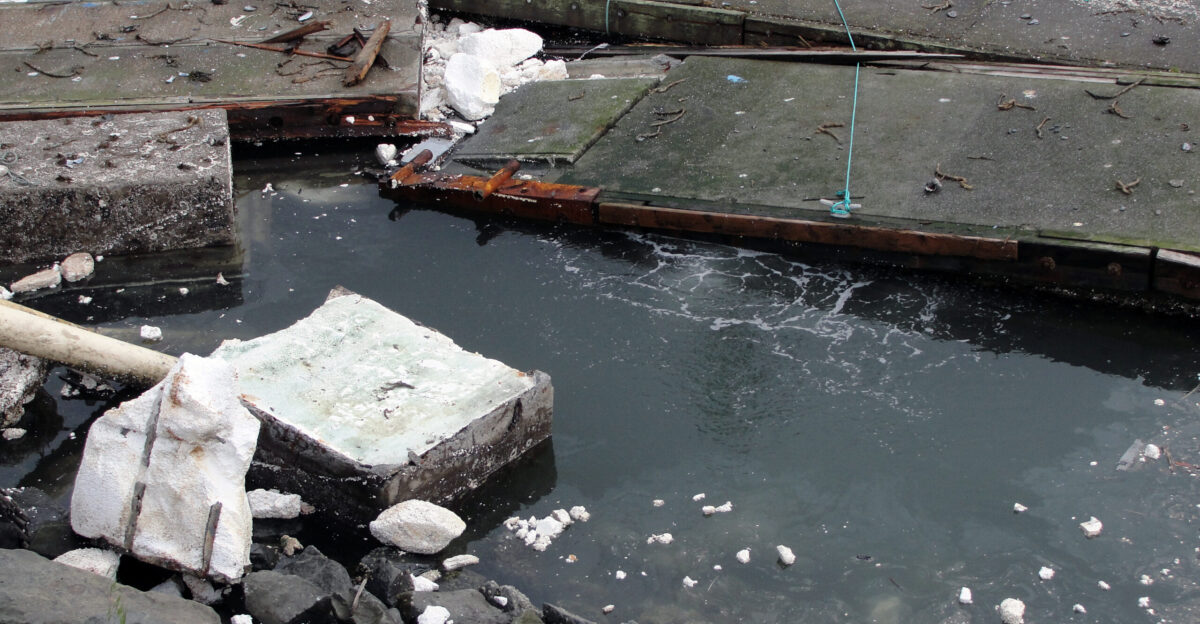
Harbormaster Mike Rademaker surveyed the new dock’s damage: “It gave way, as designed, to save the rest of the harbor,” he told reporters. Fishermen lost a few mooring points, but most boats rode out the churning waters without harm.
“We expected worse; the little cleanup is worth it,” said local boat owner Lynn Thomas. City leaders credited years of regional drills and public communication for the zero-injury, zero-fatality outcome.
Warning Systems Tested
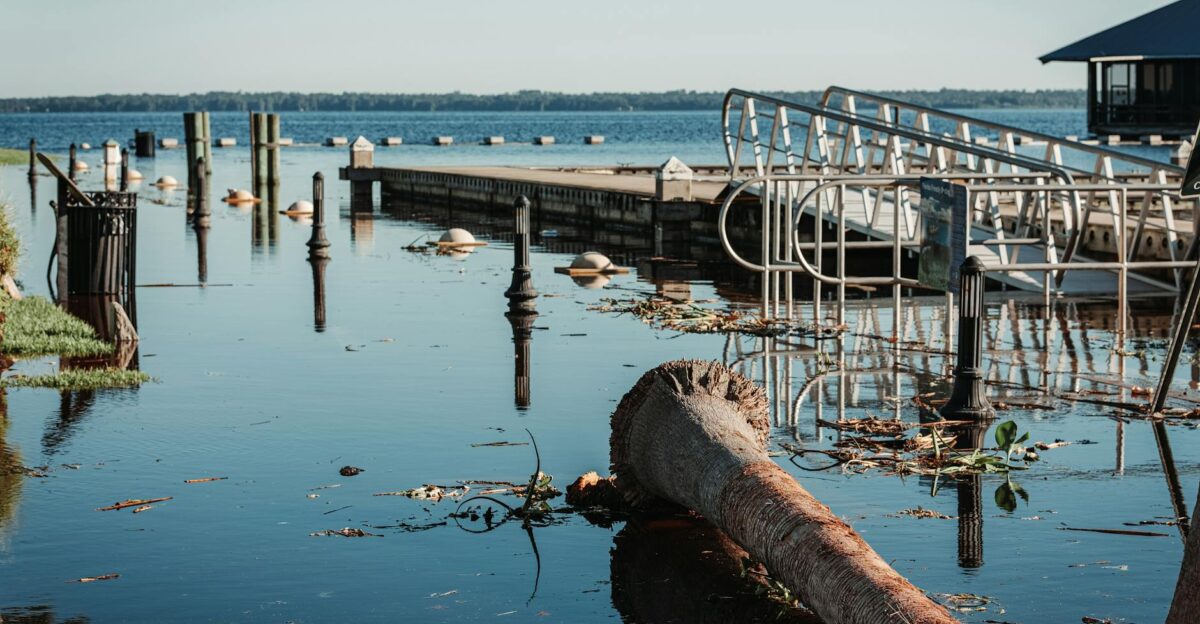
The event tested every bit of Crescent City’s preparedness, even beyond the visible breakwater. NOAA’s TsunamiReady status meant robust alert systems: sirens, cell phone push messages, and coordinated responder training.
National Weather Service scientists monitored the Pacific and relayed updates that allowed local leaders to adjust evacuation zones in real time. While some residents felt evacuation orders were premature, authorities argue the outcome validates strict adherence to the protocols developed after 1964’s devastation.
The Data Behind the Fear

Crescent City’s notoriety isn’t mere folklore: it has recorded at least 32 measurable tsunami surges since 1933, more than any other U.S. site outside Alaska or Hawaii. Experts attribute this to the city’s unique undersea terrain and its long Pacific “fetch” for distant earthquakes.
Statistically, though, most surges are minor; the town has faced only four major damaging tsunamis in a century. Even so, the combination of quantifiable risk and vivid public memory keeps local anxiety high whenever a new warning sounds.
Collateral Lessons

The most recent tsunami cost the harbor a new floating dock and left city officials with another lesson in hazard management. Still, the broader takeaway was positive: new barriers worked, and timely evacuation protected lives. Insurance adjusters expect only moderate property claims.
State emergency analysts called Crescent City an example for other small coastal towns facing similar dangers. The city’s experience offers a blueprint for community-level disaster response as extreme weather and tectonic unpredictability increase.
Lingering Anxiety
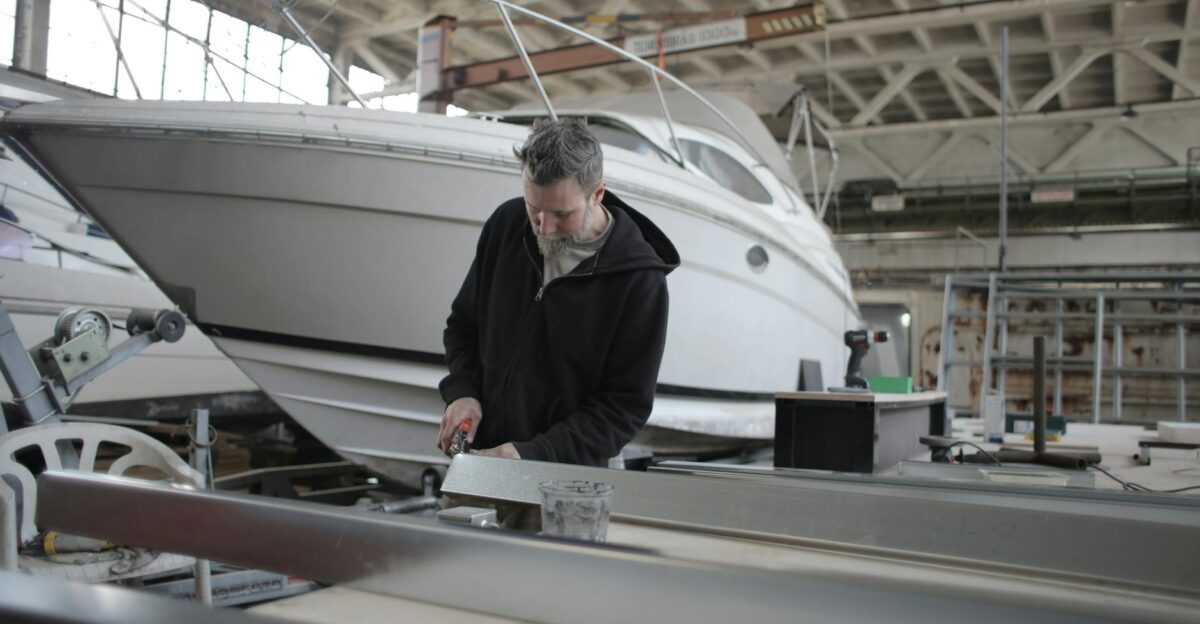
Despite the successful outcome, harbor workers voiced frustration at the post-surge disruption and costs. “This community is tough, but these scars leave scars,” said longtime boat mechanic Tony McConnell. Some local business owners worried about lost income from closures and shaken tourist confidence.
Each new event accumulates the emotional toll, reminding everyone that resilience is always a work in progress. The big question: how will the next tsunami test Crescent City’s nerves and wallets?
Leadership on Alert

In the aftermath, Crescent City’s leaders vowed to push for further federal and state grants to reinforce infrastructure and emergency communications. The City Manager’s office announced plans for a formal after-action review to assess successes and gaps exposed by the latest waves.
Regional authorities from Oregon to Humboldt County followed suit, launching reviews of their risk readiness programs. For decision-makers, this event, while not historic in size, sparked urgent calls for sustainable resilience funding.
Rebuilding and Recovery
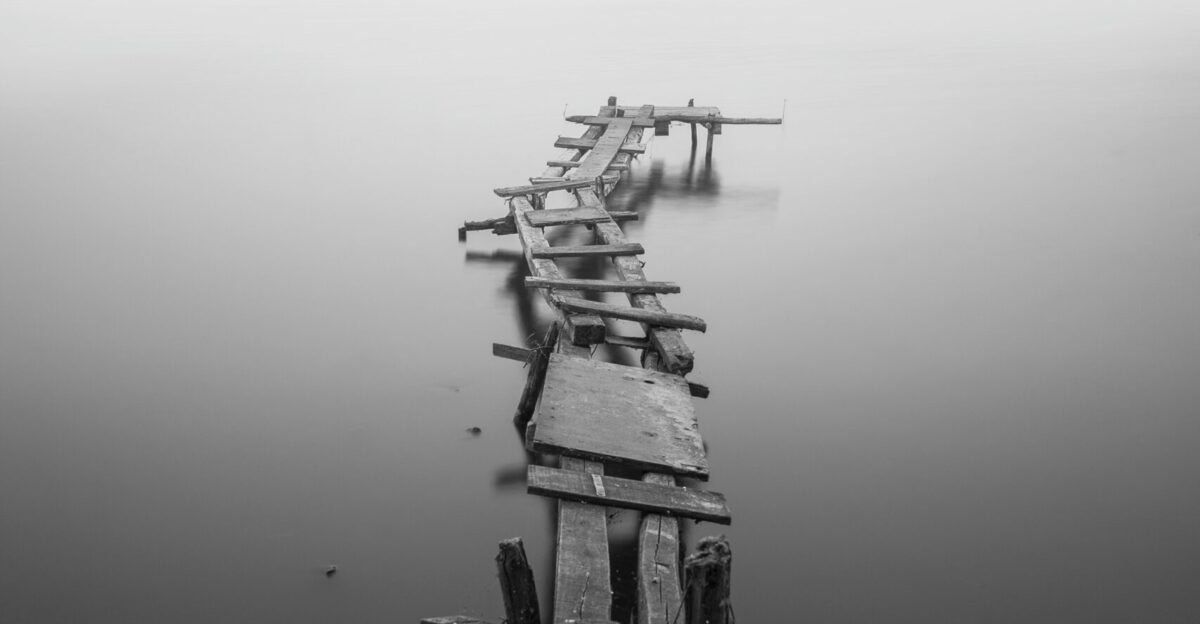
By week’s end, harbor crews had cleared debris and engineers assessed the dock’s failure mode. Local officials scheduled community meetings to discuss infrastructure upgrades and gather feedback on evacuation procedures. “Our top priority is continuous improvement,” said Crescent City Mayor Blake Inscore.
Fishermen, business owners, and coastal engineers collaborated to design new plans for stronger, more flexible marine installations. The resilience cycle, it seems, is never-ending, but recent investments have already sold residents on the value of preparation.
Experts Weigh In
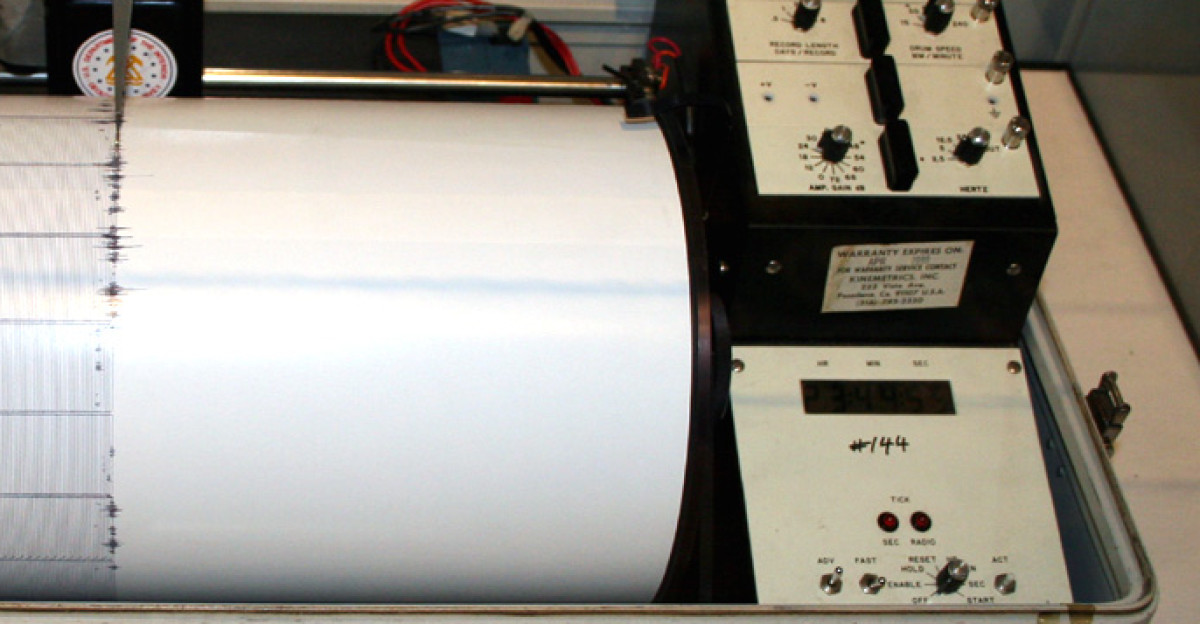
Seismologists and risk analysts praised Crescent City’s response but cautioned that “bigger is always possible.” Dr. Lori Dengler, a tsunami expert at Humboldt State, warned that “no system is perfect, and complacency is the greatest enemy.”
Insurance officials noted sharply lower losses compared to 1964, a testament to the city’s layered defenses. The consensus is that preparedness saved the day, but much depends on constant vigilance and continued education.
Looking Ahead
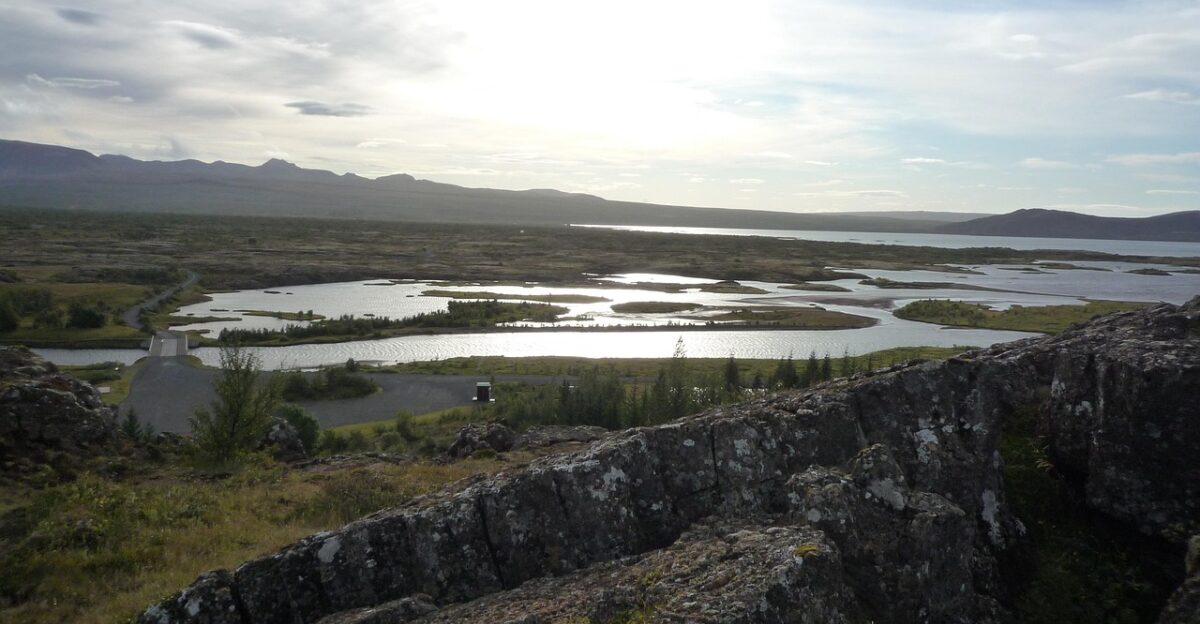
As the Pacific’s threats continue evolving, Crescent City’s experience is a vivid case study for disaster-prone communities worldwide. How will a warming world and changing tectonic patterns escalate future tsunami risks? Will federal funding and local readiness keep pace with nature’s next surprise? Residents hope Crescent City’s legacy will be perseverance and readiness, not repeated tragedy.
With each surge, the lessons deepen and the world watches to see how the “tsunami magnet” prepares for tomorrow.





